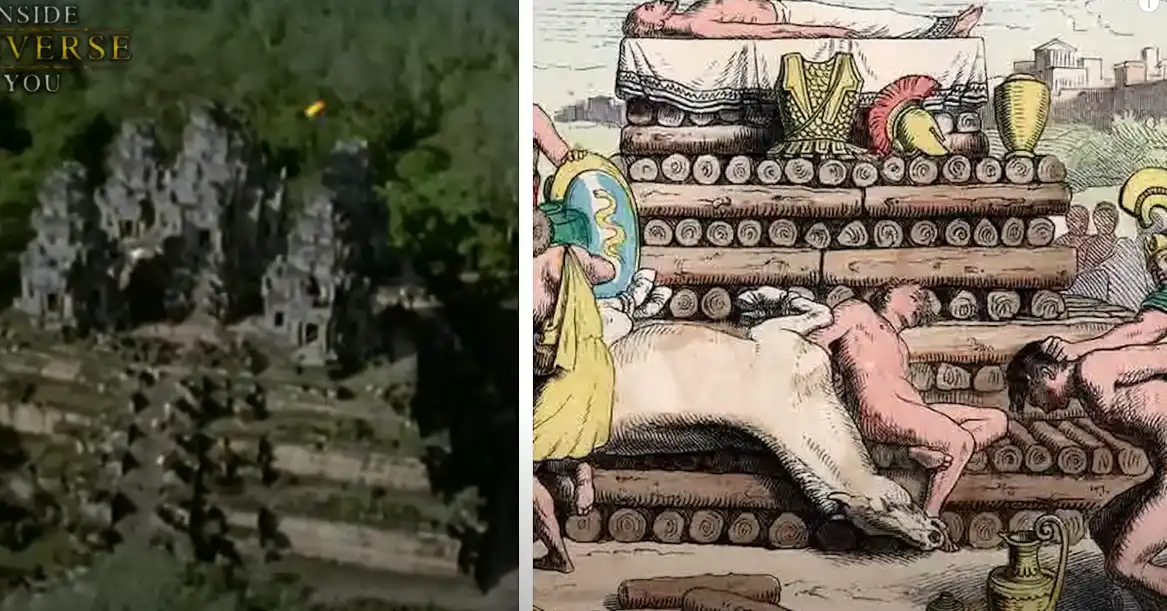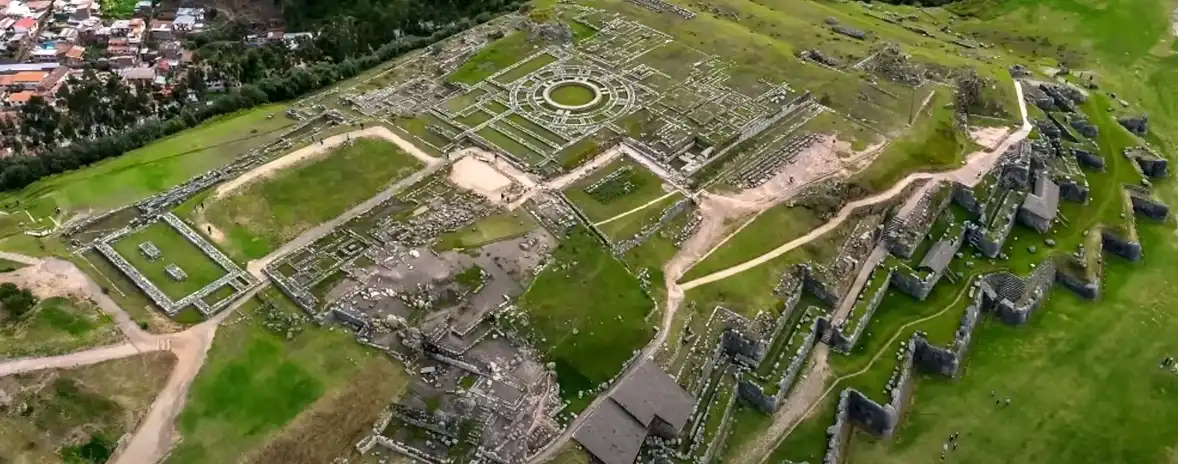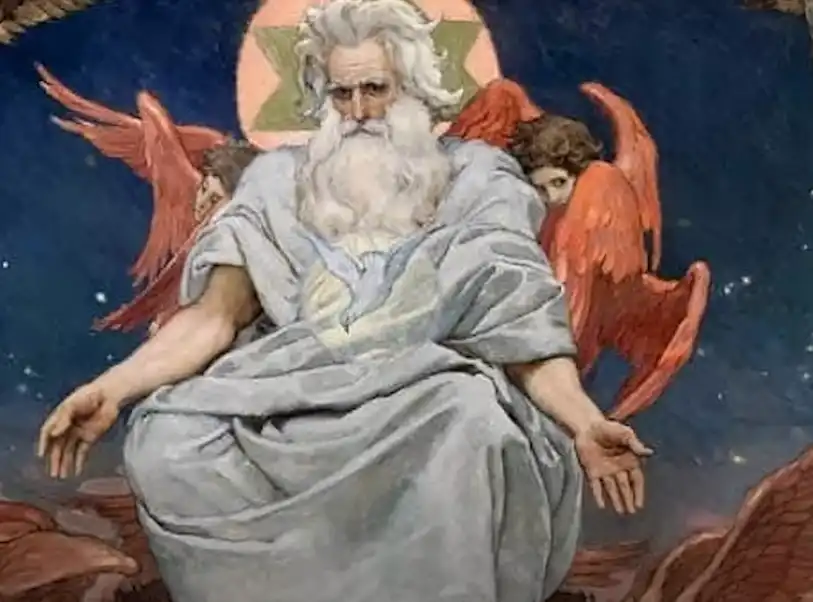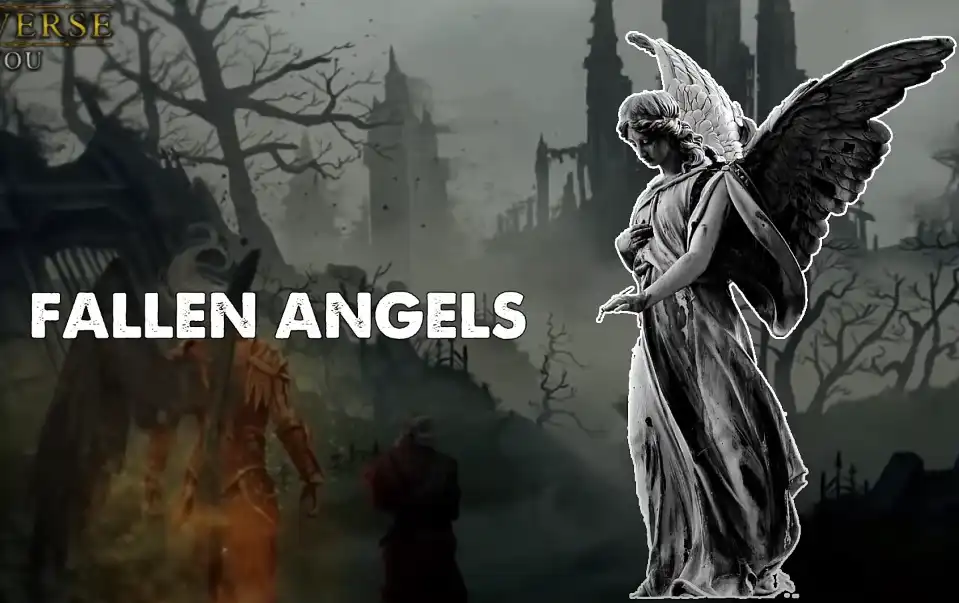In the hidden corners of ancient texts and mythologies, a mysterious and captivating narrative emerges—the saga of the fallen angels.
These celestial beings, once part of the divine realm, are said to have descended to Earth, their stories interwoven with both awe and fear. But who were these enigmatic figures, and how did they shape the course of human history?
The idea of fallen angels has long fascinated scholars and theologians alike, with their tales found in the Bible, the Book of Enoch, and other ancient scriptures. But what if these beings, far from being mere myth, played a crucial role in the dawn of human civilization?
This provocative question invites us to explore the depths of their origins and the profound impact they may have had on the early development of human societies.
The Watchers and the Nephilim: A Forbidden Union
The most detailed account of fallen angels is found in the apocryphal Book of Enoch, a text attributed to Enoch, the great-grandfather of Noah.
According to this ancient scripture, a group of angels known as the Watchers descended to Earth, captivated by the beauty of human women. Led by the angel Samyaza, they took these women as their wives and fathered a race of giants known as the Nephilim.
Genesis 6:1-4 touches upon this narrative, referring to the “sons of God” who married the daughters of men, giving birth to the Nephilim.
These giants were described as “heroes of old, men of renown,” beings of immense size and strength who lived in the period leading up to the Great Flood.
Their existence is often associated with a time of great corruption and chaos, which ultimately led to the divine decision to cleanse the Earth with a flood.
The Nephilim, with their extraordinary abilities and semi-divine nature, have been a source of both fascination and fear throughout history.
Some interpretations suggest that these beings, born of the union between heavenly and earthly entities, were a significant factor in the moral decay of early human societies. Their influence was seen as so corrupting that their eradication was necessary to restore order to the world.
Giants in History: Evidence of the Nephilim?
The legend of the Nephilim extends beyond the Bible into various mythologies and ancient texts, suggesting a widespread cultural memory of these beings. Some traditions revered them as demigods or mighty warriors, while others feared them as malevolent forces.
Throughout history, there have been intriguing archaeological discoveries that some believe are linked to these legendary giants.
Oversized weapons, far too large for ordinary humans to wield, have been found in different parts of the world.
For instance, Japan’s Kibitsu Shrine houses a massive sword known as the nodachi, measuring over 12 feet in length and weighing more than 30 pounds.

In Europe, the Flensburg sword, a 7-foot-long weapon, similarly defies practical use by an average-sized human. These artifacts have fueled speculation that they may have belonged to beings of extraordinary stature, possibly the Nephilim.
Even more compelling are the colossal stone blocks and architectural monoliths scattered across the globe. Sites like Baalbek in Lebanon, with its massive stone structures, and the fortress of Sacsayhuamán in Peru, with its intricately interlocking stones, suggest a level of engineering skill that seems almost otherworldly. Could these ancient marvels be the work of beings with superhuman strength and knowledge?
The Fallen Angels as Bearers of Forbidden Knowledge
Beyond their physical might, the fallen angels were also seen as bringers of forbidden knowledge.
The Book of Enoch describes how these angels taught humanity various arts and skills, from weaponry and jewelry-making to cosmetics and astrology.
Azâzêl, one of the leaders of the fallen angels, is credited with teaching humans how to make swords, shields, and other instruments of war, as well as revealing the secrets of precious metals and cosmetics.
This transfer of knowledge was not merely technological; it marked a significant transformation in the human condition.
Humanity was no longer confined to mere survival but was now equipped to dominate the Earth. However, this newfound power came with profound moral implications. The teachings of the fallen angels were seen as a rebellion against divine order, inviting humanity to partake in their defiance.
The influence of these celestial beings left a lasting mark on the religious and spiritual beliefs of ancient civilizations.
In many cultures, fallen angels were worshipped as gods, with temples erected in their honor and sacrifices made to appease their powers. Yet, their legacy was double-edged—they were revered for their knowledge but also vilified for leading humanity astray.
Architectural Marvels and the Echoes of the Divine
The impact of fallen angels is not only evident in the legends and myths but also in the monumental achievements of ancient civilizations.
The majestic pyramids of Egypt, the enigmatic Stonehenge in England, and the grand structures of Teotihuacan in Mexico all raise questions about the origins of the advanced knowledge required to construct them.
Could the fallen angels have imparted the wisdom needed to create such architectural wonders?
These ancient sites, with their precise alignments and complex engineering, suggest a deep understanding of astronomy and mathematics that may have been beyond the reach of early humans without guidance from a higher, more knowledgeable source.
The possibility that fallen angels were the harbingers of this knowledge adds an intriguing dimension to our understanding of these ancient achievements.

Mythological Parallels Across Cultures
As we delve deeper into the myths and legends of different cultures, we find striking parallels that hint at a shared legacy of celestial influence.
In Mesopotamia, the tales of the Anunnaki, deities who descended from the heavens to bestow knowledge upon humanity, bear a strong resemblance to the narrative of the fallen angels. Similarly, the Greek Titans and the Norse Aesir and Vanir share themes of divine beings interacting with and influencing the mortal world.
These mythological parallels, transcending geographical and cultural boundaries, suggest a universal human experience—a collective memory of encounters with celestial beings whose actions shaped the course of history.

Whether these stories are independent yet similar human imaginings or stem from actual events remains a mystery, but they continue to captivate and challenge our understanding of the past.
The Enduring Legacy of the Fallen Angels
As we reflect on the saga of the fallen angels, we are left with more questions than answers.
Did these celestial beings truly walk among our ancestors, imparting knowledge that propelled civilizations to greatness?
Or are these stories merely the products of human imagination, born from our desire to understand the unknown?
Whatever the truth may be, the narrative of the fallen angels remains a powerful testament to humanity’s enduring fascination with the divine and the mysterious. It invites us to explore the boundaries between myth and history, belief and skepticism, as we seek to uncover the secrets of our past.
Do you believe that fallen angels could have influenced ancient civilizations?
How do you interpret the myths and legends that span across different cultures? Share your thoughts in the comments below and join the conversation as we continue to explore the mysteries of the past and the wonders of our universe.
Johnny specializes in content related to Jesus, the Bible, and religious topics. With a profound understanding of spirituality, Johnny’s articles are both insightful and inspiring, guiding readers through the complexities of faith.




